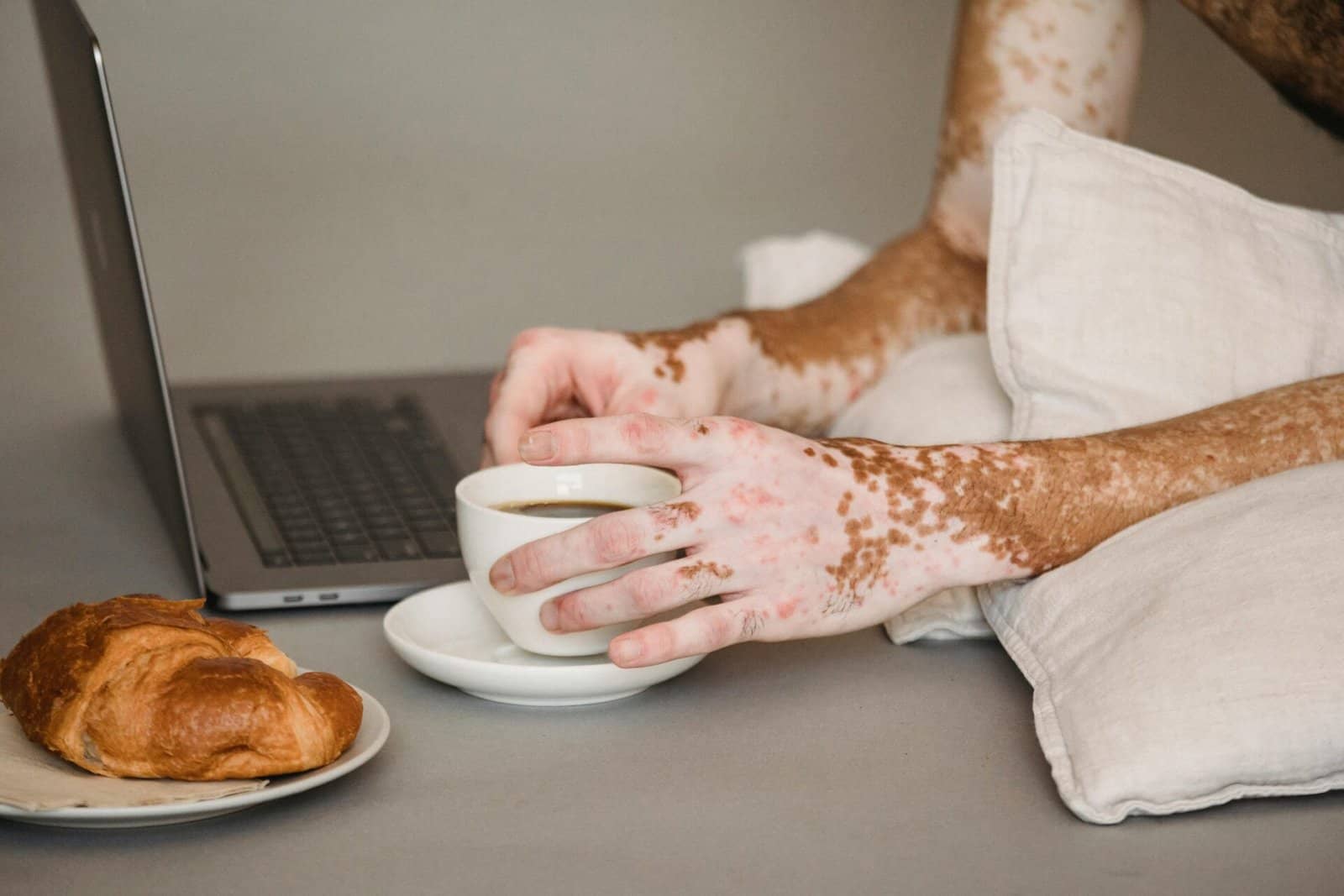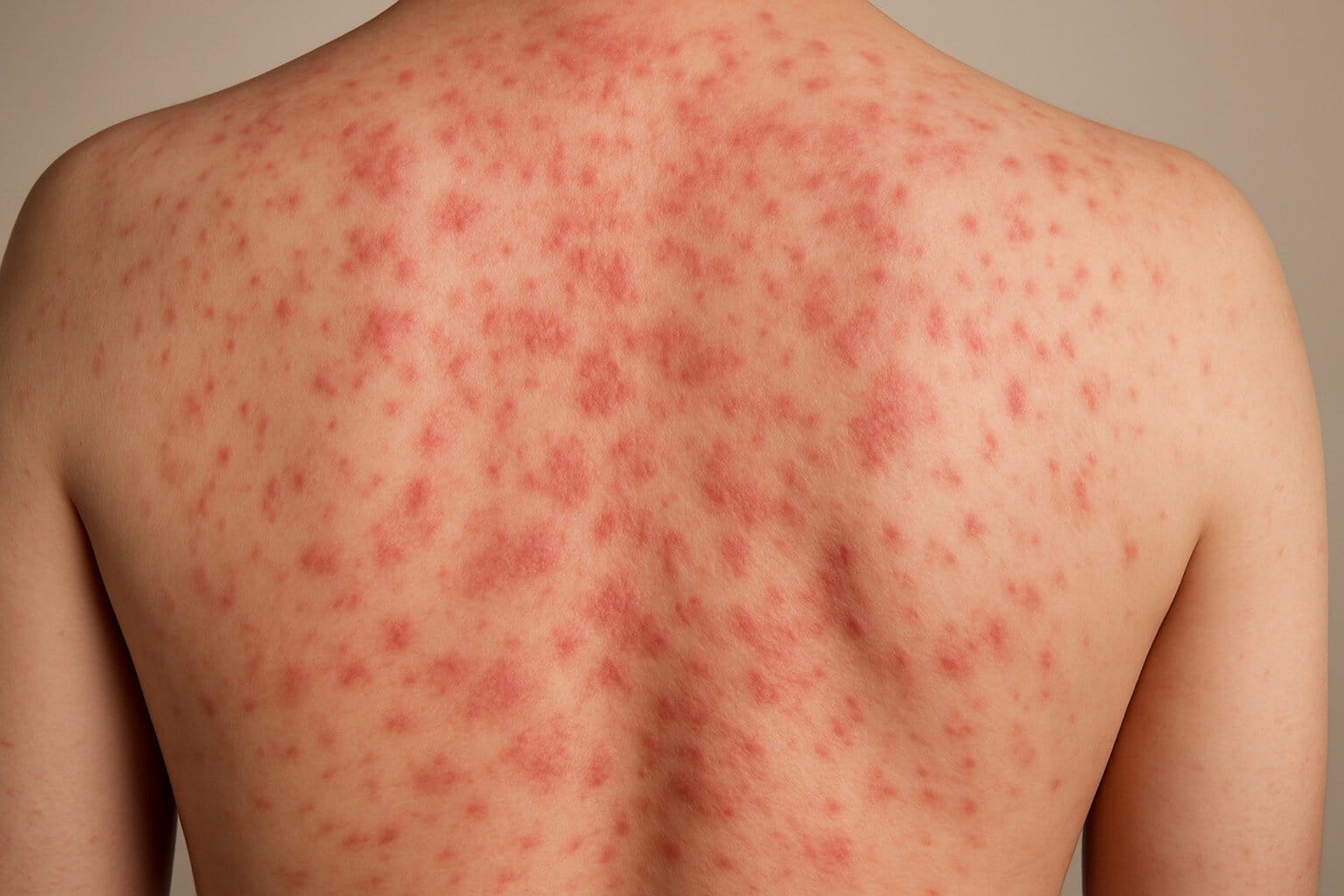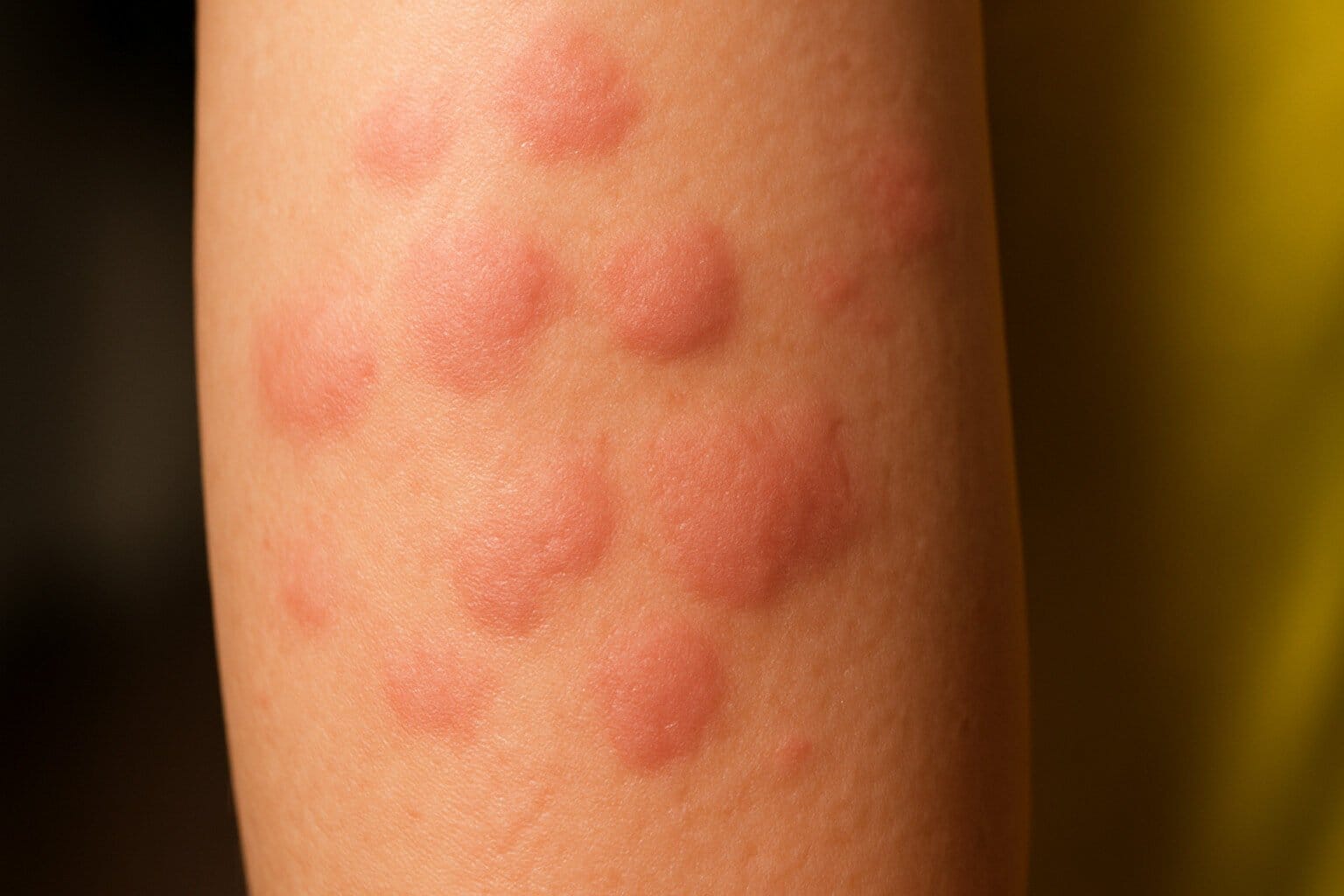When Atopic Dermatitis Isn’t Just Eczema: Understanding Spongiotic Dermatitis
Spongiotic dermatitis might sound complicated, but it’s a common skin condition that causes red, itchy, and sometimes oozing rashes.
Often mistaken for eczema, it’s a type of skin inflammation that many people experience. This article explains what spongiotic dermatitis is, why it happens, and how to manage it in simple terms for beginners.
Why it happens?
Spongiotic dermatitis occurs when your skin reacts to irritants or triggers an immune response. Your skin acts as a protective barrier, but exposure to certain things can cause inflammation.
Common triggers include allergens like pollen or pet dander, irritants such as harsh soaps or chemicals, stress, genetics (if your family has a history of eczema or allergies), and environmental factors like dry weather or extreme temperatures.
Your immune system overreacts, leading to inflammation and the “spongy” appearance seen under a microscope, which gives the condition its name.
How it happens?
Spongiotic dermatitis appears as red, itchy patches that may feel bumpy, scaly, or even ooze.
To identify it, look for symptoms like redness, itching, swelling, or small blisters, often on hands, arms, legs, or the face. A doctor may review your medical history, asking about exposure to irritants or family history of skin issues.
They might examine the rash’s appearance and location. In rare cases, a skin biopsy confirms the diagnosis by showing “spongiosis” (swelling between skin cells).
Patch testing can help identify allergens if allergies are suspected. If you have persistent itching or rashes, consult a dermatologist, as it can resemble conditions like psoriasis or fungal infections.
Types
- Spongiotic dermatitis can appear in different forms depending on its cause.
- Atopic dermatitis, often linked to allergies or genetics, typically starts in childhood.
- Contact dermatitis results from touching irritants like soap or allergens like nickel.
- Nummular dermatitis shows up as coin-shaped patches, often from dry skin.
- Stasis dermatitis affects the lower legs due to poor circulation.
- Dyshidrotic dermatitis causes small, itchy blisters on hands or feet, often tied to stress or allergies.
- Each type involves similar inflammation but has unique triggers.
Myths
- Myth: Spongiotic dermatitis is contagious.
Reality: It cannot be passed from person to person, as it’s caused by your body’s reaction, not an infection. - Myth: It’s the same as eczema.
Reality: While related, spongiotic dermatitis is a specific type of inflammation seen in various forms of eczema. - Myth: Only children get it.
Reality: Adults can develop it too, especially with new irritants or a history of allergies. - Myth: Poor hygiene causes it.
Reality: Hygiene doesn’t cause it, though harsh soaps can worsen symptoms. - Myth: It always goes away on its own.
Reality: It may improve, but without proper care, it can persist or worsen.
Solutions and Preventions
Managing spongiotic dermatitis involves soothing the skin and avoiding triggers. Use fragrance-free, hypoallergenic creams or ointments like petroleum jelly to keep skin hydrated.
Avoid irritants like harsh soaps or wool clothing, and switch to mild, fragrance-free products. Over-the-counter hydrocortisone creams can reduce inflammation, while severe cases may need prescribed steroids or antihistamines.
Apply cool compresses for itch relief and wear gloves when handling chemicals. To prevent flare-ups, moisturize daily, especially in dry weather, avoid scratching to prevent infections, and manage stress through relaxation techniques like deep breathing.
Appropriate suggestion
If you think you have spongiotic dermatitis, keep a diary of when symptoms flare up and what you were exposed to, like new soaps or foods. Use fragrance-free moisturizers daily and avoid scratching. If the rash persists, spreads, or becomes painful, see a dermatologist for a diagnosis and tailored treatment. Early care can prevent complications and improve comfort.
FAQs
Q: Is spongiotic dermatitis the same as eczema?
A: Not exactly. Spongiotic dermatitis is a pattern of inflammation seen in some types of eczema, like atopic or contact dermatitis, but it’s a specific term used by doctors.
Q: Can I cure spongiotic dermatitis?
A: There’s no permanent cure, but symptoms can be managed with proper care, avoiding triggers, and using treatments like moisturizers or prescribed creams.
Q: Can diet affect spongiotic dermatitis?
A: Certain foods, like dairy or nuts, can trigger flares for some people, especially in atopic dermatitis. A doctor or allergist can help identify food-related triggers.
Q: How long do flare-ups last?
A: With treatment, flares may improve in days to weeks, but untreated cases can persist or recur.
Q: Can I use natural remedies?
A: Oatmeal baths or coconut oil may soothe skin, but check with a doctor to ensure they’re safe for you.







